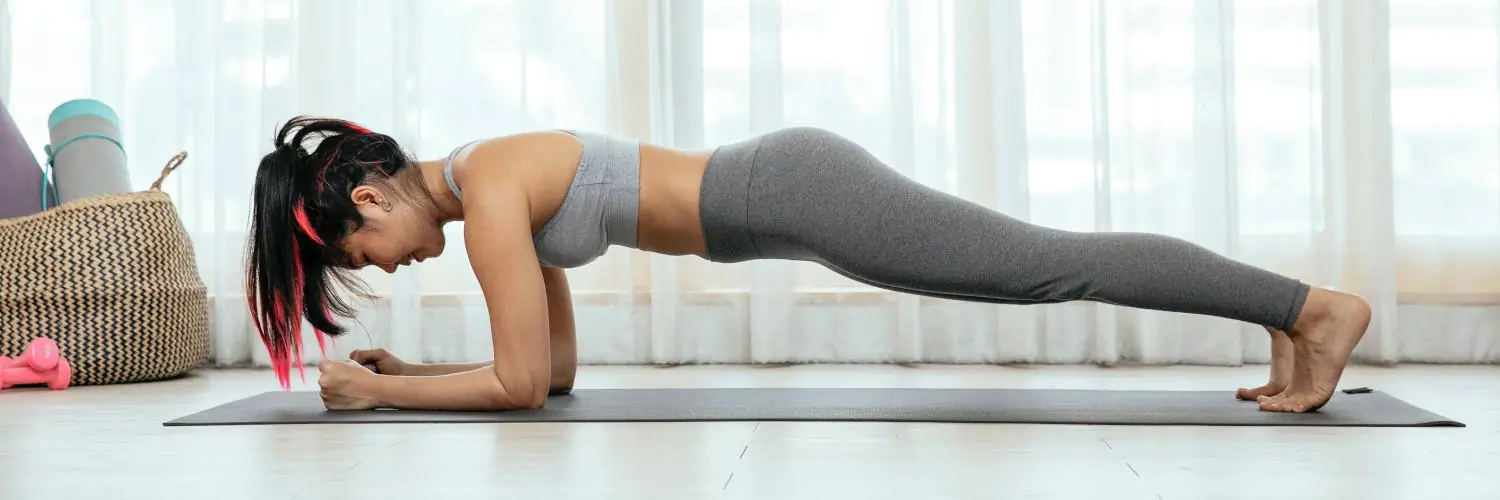The main purpose of rudders or skegs isn’t to turn a kayak, it’s to keep a kayak running straight when you’re paddling with a crosswind.
A kayak will naturally want to turn into the wind, something called weather cocking. A rudder or skeg is used to fight your kayak’s desire to do so. Without them, when you’re paddling in wind you can find yourself taking much harder strokes on one side to keep your kayak running straight.
Table of Contents
Kayak Rudders
Rudders are way more popular than skegs because they can also be used to help steer a kayak. Rudders flip down from their stored position on top of the deck by use of hull lines that are found alongside the cockpit. They’re then controlled by foot pedals.
Skegs
Skegs are stored in a skeg box that is embedded in the stern of the kayak. They’re deployed by use of a slider found alongside the cockpit. Because skegs don’t swivel from side to side, their control comes from the depth at which they are set. The more your kayak wants to weathercock, the deeper you’ll set the skeg. Since skegs are really only useful for tracking over long distances, you generally don’t find them on recreational kayaks, only some touring or sea kayaks.
Using a Kayak Rudder
If you expect that you’ll be paddling in windy conditions, you’ll want to consider getting a rudder. Many kayaks now come with a rudder mount in the stern even though there may not be a rudder. If there is a rudder mount, you can have a rudder installed anytime that you decided that you need one.
Disadvantages of kayak rudders
Rudders aree mechanical things that can fail. True.
They also require periodic inspection to make sure all the parts, especially the cables, are in good working condition.
They are expensive. No argument there.
They can be a pain to install. That’s for sure. I once spent the better part of a day fitting out a kayak with pedal controls and a rudder.
They add drag that can slow you down. True. The fact is, anything you hang off your boat is going to create at least some drag. Plus, if the rudder is compensating for an unbalanced or poorly designed boat, or, if the helmsman is heavy footed with the pedals, the amount of drag will be increased. It’s also true that rudders are often found on unruly boats, and that beginners tend to push the pedals too much. Additionally, some rudder control pedals need so much leg motion that they prevent the paddler from feeling “locked in” to the thigh braces, resulting in less hull control.
Lastly, rudders often have a way of looking out of place on a traditional kayak.
Benefits of rudders
They provide additional steering by using your feet. By steering with your feet at least one hand can be removed from the paddle and put to other uses like handling a fishing rod, taking photos, eating lunch, tending the sails, holding a VHF, etc. It’s a simple mechanical device that has proven over the years to be amazingly reliable.
While they do add drag, it should also be noted that rudders can effectively reduce or even eliminate “yaw” (the side to side motion of the bow with each paddle stroke) thereby increasing the forward efficiency of each stroke.
On long kayaks, especially in quartering seas, a rudder will help the boat stay on course without applying extra, energy robbing, corrective strokes. On most big tandem kayaks, a rudder is almost a necessity. It can often be difficult to coordinate the necessary strokes needed to turn the craft. Also, when used on short “squirrely” (erratically moving) kayaks, or on heavily rockered (banana shaped) kayaks, a rudder can dramatically improve the tracking
When used on extremely long, fast kayaks having little rocker, a rudder can transform an extremely difficult boat to turn into one that will… well… at least give you some hint of steering.








